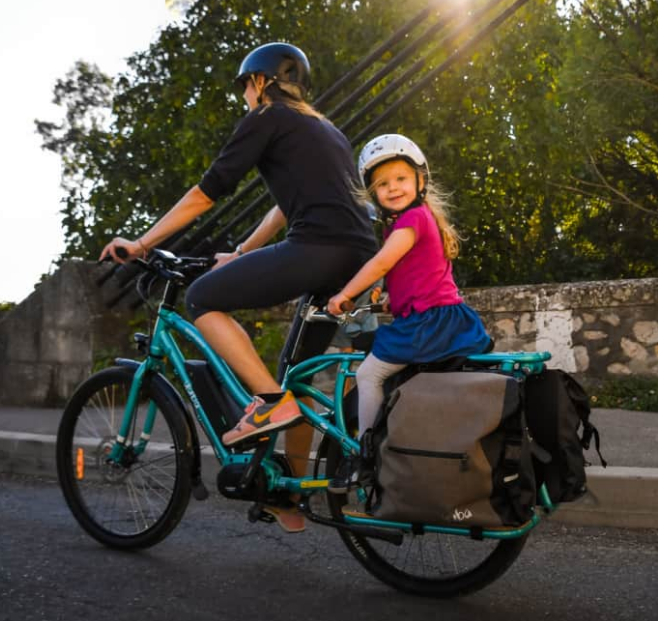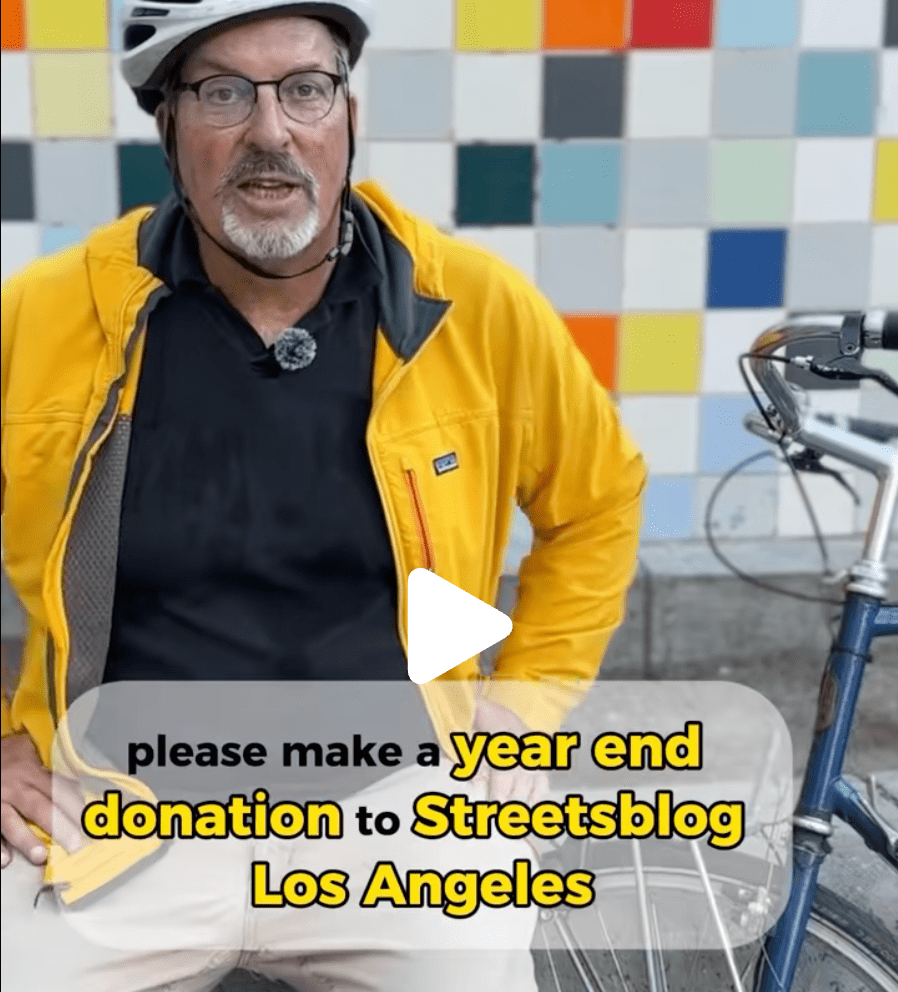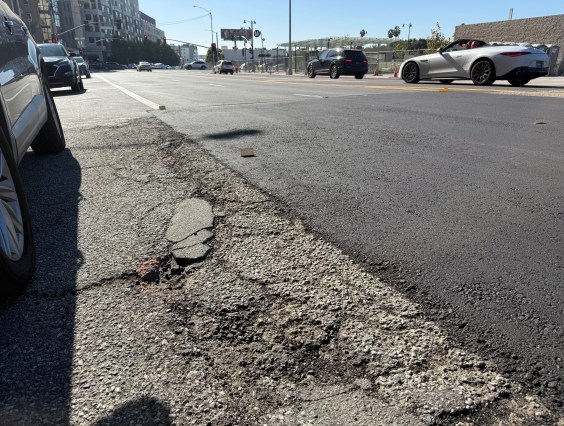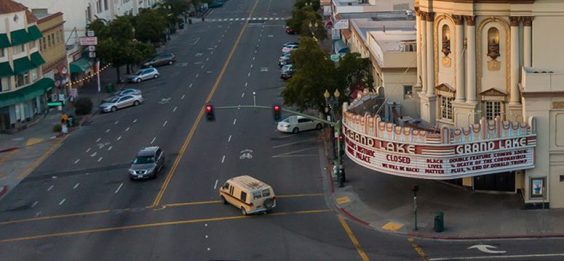Note: GJEL Accident Attorneys regularly sponsors coverage on Streetsblog San Francisco and Streetsblog California. Unless noted in the story, GJEL Accident Attorneys is not consulted for the content or editorial direction of the sponsored content.
The California e-bike incentive program's public workgroup met for the last time yesterday to hear how the program is shaping up and allow some last comments on program plans.
This last workgroup discussed the "final proposed criteria" for the program, including eligibility, funding, and the application process. Many of these program pieces still have details being worked out, and commenters continue to have strong and sometimes opposing opinions about several of the topics. Below are the details of these final proposed criteria, which may still undergo some changes as the launch date approaches. California Air Resources Board (CARB) staff has considered and incorporated many comments from previous workgroups, and program manager Shawn Ransom says that will also be the case this time.
At any rate, the program has a clearer shape than it had before now. For example, program eligibility is clearly defined.
Staff expect to finalize the program website - it is not up as of yet - in May, open with a soft launch in June, and, after evaluating lessons learned from that, open up the statewide program in the third quarter of 2023.
Other similar programs have found that incentives go quickly, so the administrators are giving themselves a little time to iron out wrinkles and make sure the incentives also go smoothly. The "soft launch" will happen in four communities: Barrio Logan, San Diego; Fresno; Bayview Hunters Point, San Francisco; and among the California Native Tribal Governments. Those areas will start with twenty to forty bike incentives per region.
Who is eligible
Vouchers can be applied for by California residents over eighteen years old, with a gross annual household income at or below 300 percent of the Federal poverty level.
Incentive amounts
The incentives are limited to one per person. The amounts will be:
- $1,000 for a base voucher
- an additional $750 for cargo and adaptive e-bikes
- an additional $250 for certain priority applicants that meet one of the following:
- reside in a disadvantaged community as defined by S.B. 35, or
- reside in a low-income community as defined by A.B. 1050, or
- gross income is below 225 percent of the federal poverty level
E-bike types
All three e-bike types: Class 1 (top speed of 20 mph with pedal assist), Class 2 (top speed of 20 mph with pedal assist and throttle), and Class 3 (top speed of 28 mph, pedal assist only), will be eligible. There has been a lot of back and forth on this topic, including at yesterday's meeting, with some commenters insisting that Class 3 e-bikes are absolutely necessary to help the program meet its goals of replacing car trips, and others pointing out how dangerous it is to have new bike riders on bikes that can go pretty fast.
What vouchers can be used for
The vouchers can be used to purchase e-bikes, helmets, and adaptive elements for disabilities, but not for reflective clothing, head lamps (the bikes will be required to have an integrated light system), fenders, or racks. Several commenters questioned the logic of this, saying that racks are important for bikes to be as useful as possible.
E-bike requirements
As noted above, the bikes must have integrated lights, be fully assembled, and come with a minimum one-year manufacturer's warranty on electrical components. Some of these criteria were the result of previous workgroup discussions, but there was more to say. The requirement for them to be fully assembled worried some who thought that would add additional costs to already expensive bikes, although the idea is that new riders with little experience shouldn't have to assemble anything. The one-year warranty seemed to be a way to get at what some commenters have asked for, which is to limit the e-bikes to those that come with a UL-certified battery so as to avoid the problems of battery fires that have plagued some cheaper e-bikes and caused real problems.
Used e-bikes and conversion kits will not be eligible. This also got some pushback from commenters who said that if the goal is to get more people on e-bikes, cheaper and easier options should be available.
Eligible retailers
Eligible retailers include local California bike shops and online retailers that have some physical presence in the state - either a physical storefront, California-based manufacturing, or a corporate office. Participating shops must also ensure that they can provide fully assembled bikes as well as repairs and maintenance.
Requirements on voucher use
Once someone applies for and receives a voucher, they will have to redeem it within thirty days, or request an extension. This is to prevent what has happened in other programs - that vouchers didn't get used - but several commenters pointed out that thirty days is a very short time to make a decision on and complete such a big purchase.
Participants will be required to own their e-bikes for at least one year, and there will be some kind of educational component that is yet unclear. CARB staff framed this as a requirement, and called it an "e-bike safety and [environmental] awareness program." The word "environmental" was not on the slide, but program lead Ransom used the word when talking about it.
This is a bit of a red flag; in a conversation Streetsblog had recently with Ed Clancy, who runs Pedal Ahead, he also mentioned an environmental component of the educational program - to explain why e-bikes are an important tool in the climate fight.
But anyone who has completed any level of a League of Bicyclists training class knows that the safety component of their bike training already provides a ton of information. Learning to ride safely is key for both new and experienced riders, especially on e-bikes which go faster than regular bicycles can. Whether people who are already eager to adopt e-bike use completely understand the connections between e-bikes and the climate, while important, is less relevant here.
There were, as always, many commenters who wanted to weigh in on various aspects of these criteria, pro and con, showing that the interest in these incentives is very high. Laura McCamy of CalBike noted that the program cannot be all things to all people, but it is nevertheless a very small amount of money for a statewide program.
Staff responded to several questions about education and outreach by saying those pieces are still being worked on, as is program evaluation. That is, unlike the program in San Diego currently run by Pedal Ahead, there is so far no plan to track the e-bike mileage of people who get the vouchers, but there may be some incentives offered for reporting that information to CARB.
The California Bicycle Coalition is not handling any part of the program, but they are tracking progress and keeping people updated. Sign up on their email list to get those updates.






